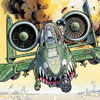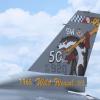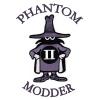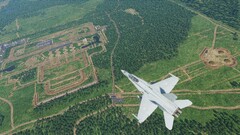- 2 replies
- 2,026 views
- Add Reply
- 5 replies
- 1,896 views
- Add Reply
- 2 replies
- 1,462 views
- Add Reply
- 2 replies
- 2,099 views
- Add Reply
- 0 replies
- 1,115 views
- Add Reply
- 2 replies
- 1,213 views
- Add Reply
USAF Looks To Expand NMUSAF

By DWCAce,


(photo courtesy of NMUSAF)
Construction of new Air Force Museum building could start in 2012
BY: JOHN NOLAN , DAYTON DAILY NEWS 10/04/2010
WRIGHT-PATTERSON AIR FORCE BASE — Construction of a building to house the spacecraft collection and former presidential aircraft at the National Museum of the U.S. Air Force could start in 2012 if fundraising stays on track, museum officials said Monday.
That 200,000-square-foot building would house a retired space shuttle, if the Air Force muse
Ukraine's Antonov aircraft producer to compete for multi-billion U.S. tanker tender
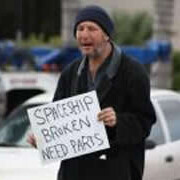
By Erik,
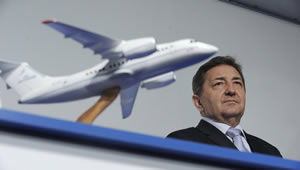

Ukraine's Antonov aircraft producer to compete for multi-billion U.S. tanker tender
RIA Novosti. Grigoriy Sisoev -- 04/10/2010
Ukraine's state-run Antonov aircraft producer will compete with U.S. aerospace giant Boeing and Europe's EADS in a multi-billion tender to supply almost 180 airborne refueling tankers to the United States Air Force (USAF), Antonov's President and General Designer Dmitry Kiva said on Monday. "We have not managed to officially register our participation, but the
Global Strike command reaches full operational capability

By Erik,


Global Strike command reaches full operational capability
Defence Talk -- By Air Force News Agency on October 4, 2010
BARKSDALE AIR FORCE BASE, La.: Officials declared Air Force Global Strike Command to be at full operational capability Sept. 30, on schedule, and less than 14 months after its initial activation as a command.
To reach that milestone, the command accomplished more than 700 action items identified by the secretary and chief of staff of the Air Force in 2009, when the
Stuxnet in China

By Erik,
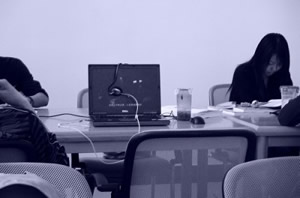

Stuxnet in China
The Diplomat -- October 4, 2010
A computer worm that has been dubbed by some analysts the world’s first cyber super weapon has reportedly made its way to China.
Stuxnet, which was first discovered in June this year and is reportedly the first worm known to have been used to target critical infrastructure, is said to have already infected millions of personal computers in China.
The worm gained worldwide notoriety last month when international media began re
Saab Receives Order for an Airborne Surveillance System

By Erik,


Saab Receives Order for an Airborne Surveillance System
Defence Talk -- By Saab on October 5, 2010
Defence and security company Saab has received an order for an airborne surveillance system. The contract amounts to more than 4.5 billion SEK.
The order concerns delivery of the Saab 2000 AEW&C (Airborne Early Warning & Control) system, which comprises of a Saab 2000 aircraft equipped with the advanced Erieye radar system. The contract also includes ground equipment as well
Nvidia GPU Class-Action Settlement Offers Repairs, New Laptops

By FastCargo,


PC Magazine Article
By: Mark Hachman
The results of a successful 2008 class-action suit against Nvidia for faulty graphics chips are now being made available to consumers, although the compensation will vary dramatically.
The suit, filed in Sept. 2008, covers a defect Nvidia discovered in the packaging material of several notebook GPUs built in 2007 and 2008.
While the suit applies to dozens of notebooks computers from several manufacturers (see graphic) the compensation those




